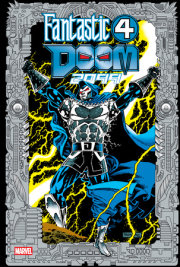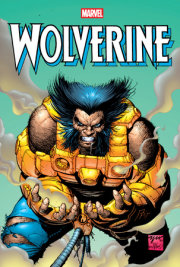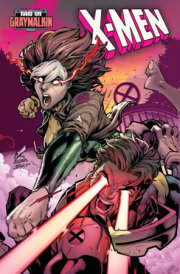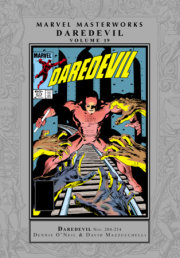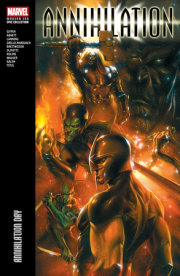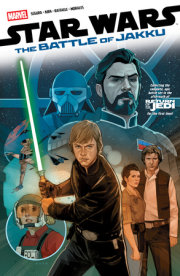Industry legend Chris Claremont is best known for his epic sixteen-year run on Uncanny X-Men. Claremont’s focus on the themes of prejudice and tolerance struck at the hearts of comics fans, and he built an unparalleled following during the next three decades. Under his pen, the X-Men franchise spawned a vast array of spin-offs, many of them written by Claremont himself. His other credits include Iron Fist, Ms. Marvel, Power Man and Spider-Woman. Claremont has returned to the X-Men universe in New Exiles, GeNext, X-Men Forever, Chaos War: X-Men and Nightcrawler.
Writer and editor Louise Simonson launched Power Pack and Web of Spider-Man and wrote memorable runs on New Mutants and X-Factor — helping map out the “Mutant Massacre,” “Inferno” and “X-Tinction Agenda” crossovers. Her major editorial credits include Star Wars and Uncanny X-Men. At DC, she wrote multiple Superman titles and became one of the main creative forces behind the “Death of Superman” saga; her scripts also appeared in Detective Comics, New Titans and more. She returned to Marvel to write the Galactus the Devourer limited series and 1999-2000’s Warlock, starring characters from New Mutants.
Since his start on the New Universe’s Psi-Force and backup stories in Classic X-Men, Fabian Nicieza has written most of Marvel’s major super-teams — including Alpha Flight, the Avengers, the New Warriors, the Thunderbolts and the X-Men. Together with artist Rob Liefeld, Nicieza transformed New Mutants into the blockbuster X-Force. The writer also tackled solo heroes ranging from Cable and Deadpool (later combined in Cable & Deadpool) to Gambit and Nomad. He edited Marvel’s Star imprint, contributed to multititle X-events like “X-Cutioner’s Song” and “Phalanx Covenant,” and wrote various “pre-modern” limited series such as Adventures of Captain America and Citizen V and the V-Battalion. Elsewhere, he has written both JLA and Justice League Adventures, The 99, Turok, X-Files, and others.
Jim Lee is perhaps today’s hottest comic-book artist. Since the late ’80s, his work for Marvel, DC and Image — the company he helped found — has set trends that survive to this day. After honing his skills with memorable runs on Alpha Flight and Punisher War Journal, Lee rose to prominence on Uncanny X-Men. Lee then revamped the mutant team’s look and helped launch the second X-Men series, whose first issue remains one of the best-selling comic books of all time. In 1992, he and other artists formed Image Comics. Lee’s group of titles, published under the Wildstorm Productions imprint, included the mega-popular WildC.A.T.s, Stormwatch and Gen13. Under Wildstorm’s sub-imprint Homage Comics, he published Kurt Busiek’s Astro City and Strangers in Paradise, both of which became major fan favorites. Lee returned to Marvel in 1996, relaunching Fantastic Four as part of the “Heroes Reborn” event. Subsequently selling Wildstorm to DC Comics, Lee went on to pencil Batman, Superman and WildC.A.T.s. Later, as DC Comics’ co-publisher, he helped revamp and reconceptualize the company’s entire lineup.
Re-imagining New Mutants into X-Force was only the start for industry maverick Rob Liefeld, one of the leaders of the 1990s comics revolution. After introducing both Cable and Deadpool, he launched an even bigger collaboration as one of the founders of Image Comics with his original property Youngblood. In 1996, he participated in Marvel’s controversial multi-title Heroes Reborn event. After collaborating with Alan Moore on revamped Image creations, Liefeld reunited with co-writer Fabian Nicieza on an X-Force miniseries and then revisited Heroes Reborn in Onslaught Reborn with writer Jeph Loeb. Liefeld returned to his most famous co-creation with the graphic novel Deadpool: Bad Blood and introduced a new sensation in Major X.
Jon Bogdanove began as the penciler, and eventually became writer, of Power Pack. He also illustrated the acclaimed Fantastic Four vs. the X-Men miniseries and contributed to several other X-comics before migrating to DC in the early 1990s and beginning a lengthy run on Superman: The Man of Steel.





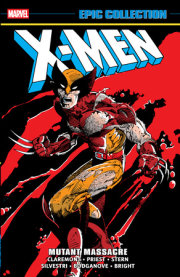
![X-Men Epic Collection: Bishop's Crossing [New Printing]](https://images.penguinrandomhouse.com/cover/9781302967635?width=180)
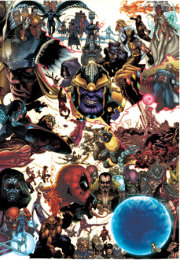
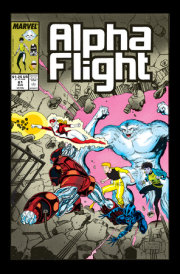
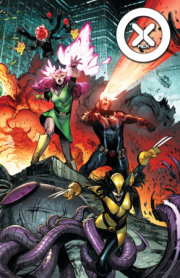
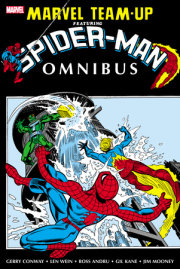

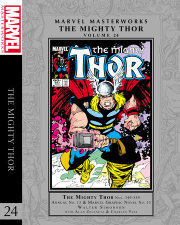
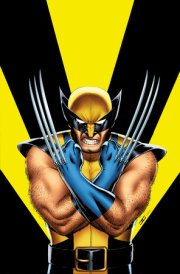

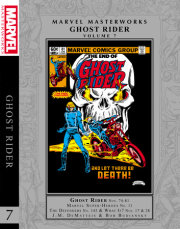
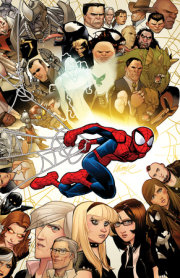
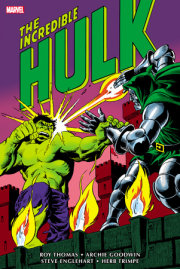
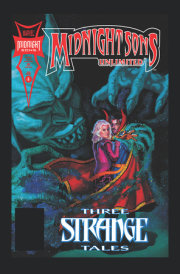
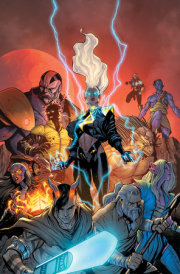
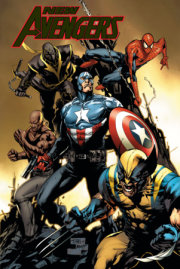
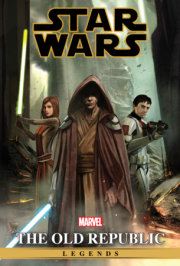
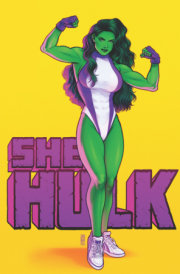
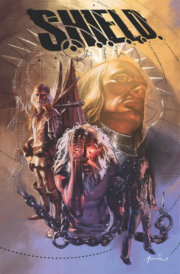

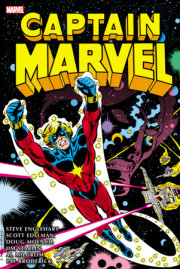
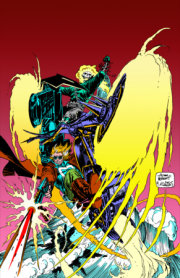
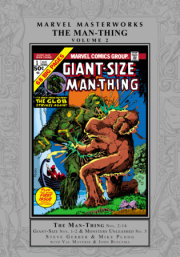
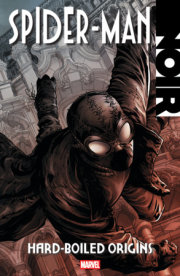
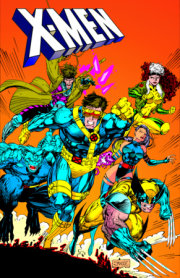
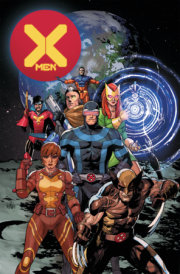
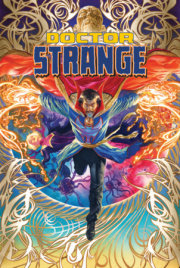
![Tomb Of Dracula Omnibus Vol. 1 Neal Adams Cover [New Printing 2]](https://images.penguinrandomhouse.com/cover/9781302965037?width=180)
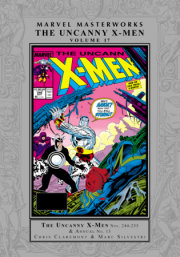
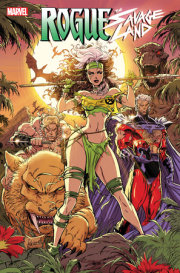
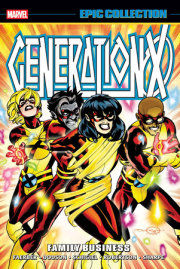
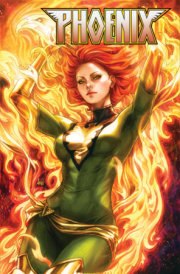
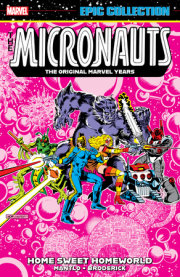
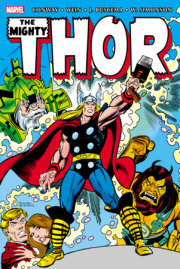
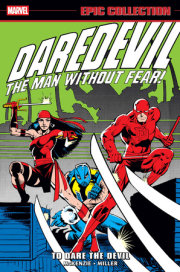
![Iron Man: Demon In A Bottle [New Printing 2]](https://images.penguinrandomhouse.com/cover/9781302961817?width=180)
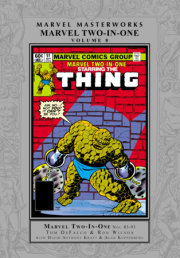
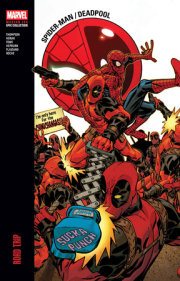
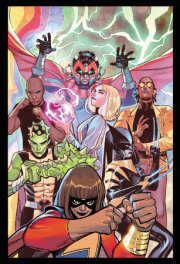
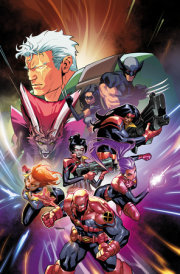
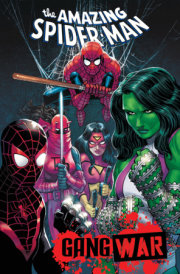
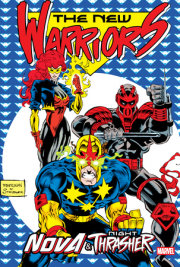
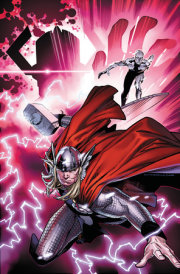
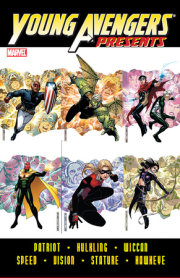
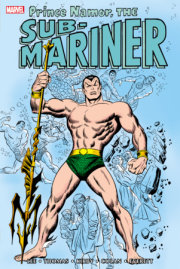
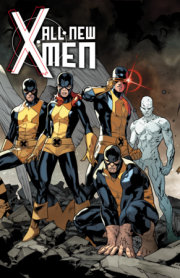
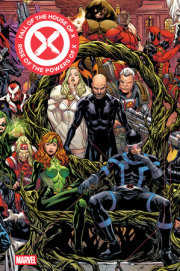
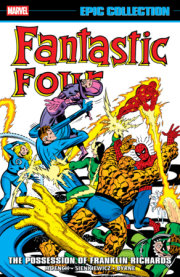
![Original Sin [New Printing]](https://images.penguinrandomhouse.com/cover/9781302966249?width=180)
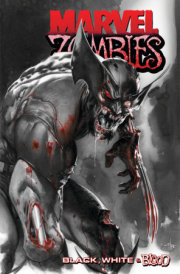
![X-Factor By Peter David Omnibus Vol. 1 Larry Stroman Cover [New Printing]](https://images.penguinrandomhouse.com/cover/9781302963705?width=180)
![Avengers West Coast Epic Collection: Vision Quest [New Printing]](https://images.penguinrandomhouse.com/cover/9781302963910?width=180)
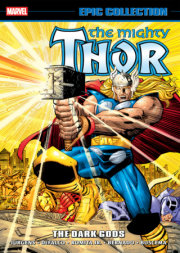
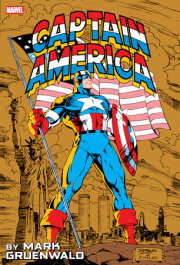
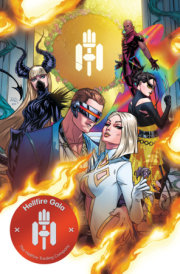
![Wolverine Goes To Hell Omnibus Jae Lee Cover [New Printing]](https://images.penguinrandomhouse.com/cover/9781302961381?width=180)
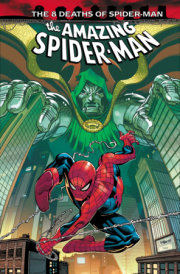
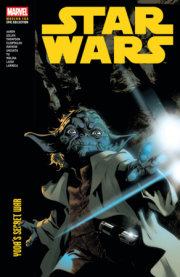
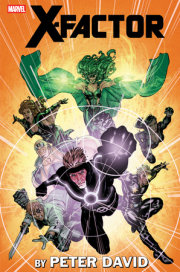
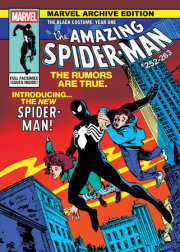


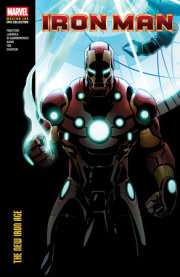
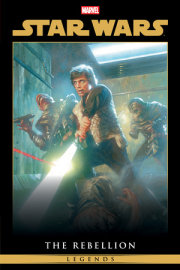
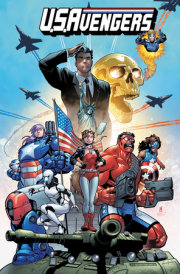
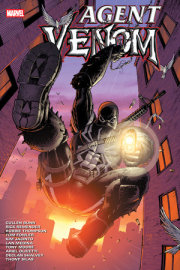

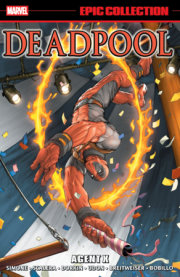
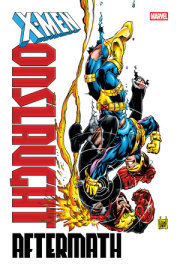
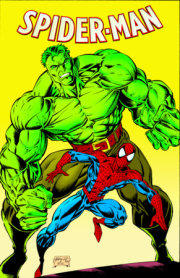
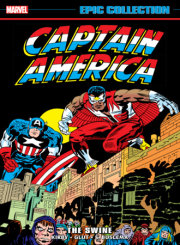
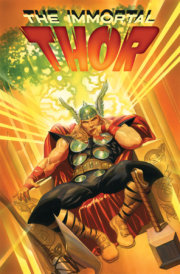
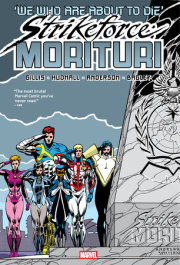
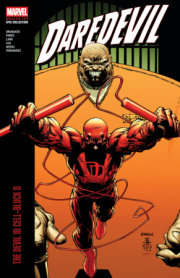
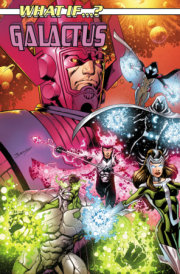

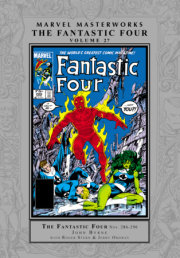
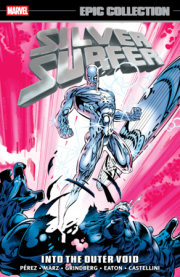
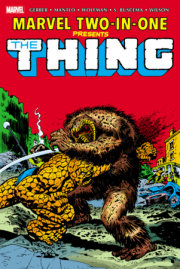
![Marvel Masterworks: The Silver Surfer Vol. 1 [Remasterworks]](https://images.penguinrandomhouse.com/cover/9781302956042?width=180)
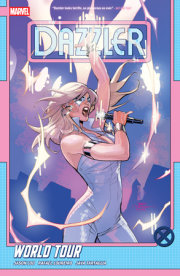
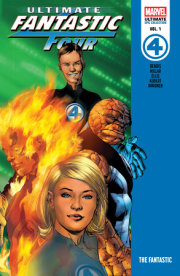
![X-Men: Age Of Apocalypse Vol. 2 - Reign [New Printing]](https://images.penguinrandomhouse.com/cover/9781302963958?width=180)
